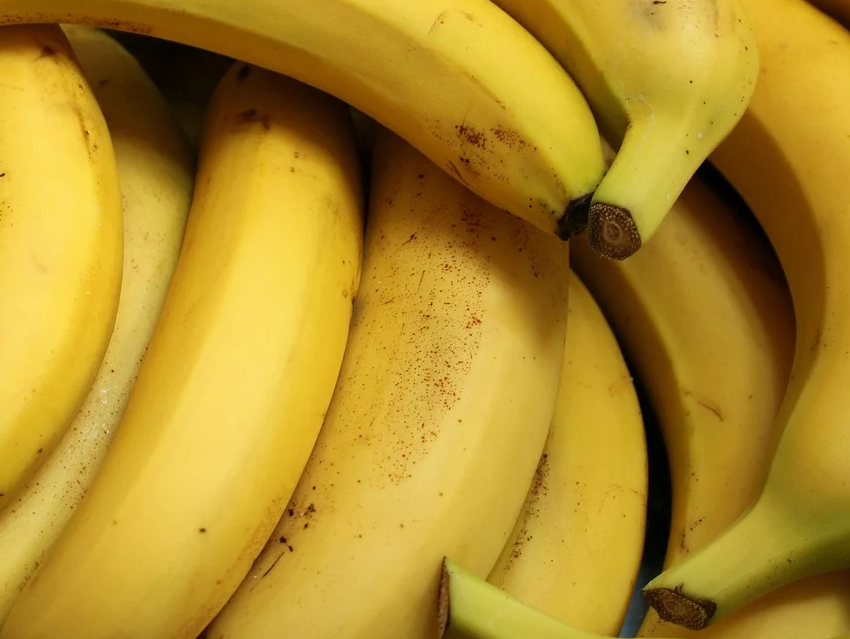Plastic packaging protects fruits and vegetables from spoilage but also generates significant amounts of waste. Cellulose nanofiber (CNF) is a promising material for an alternative. However, commercial manufacturers typically use already recycled lignocellulosic sources such as pulp for CNF production, which can result in significant costs. The use of alternative lignocellulosic sources is, therefore, of great interest.
Tanja Zimmermann and Gustav Nyström, Empa − Swiss Federal Laboratories for Materials Science and Technology, Dübendorf, Switzerland, and colleagues have prepared high-quality CNFs from carrot pomace for use as a spray coating for food packaging applications. Pomace is the solid residue produced when juice is extracted from fruits, vegetables, or plants. Until now, these plant residues have been disposed of in biogas plants or directly on the field.
The team bleached the fibers and produced model films by vacuum filtration and hot pressing. Bleaching has several advantages: Bleaching removes lignin and other residues, which significantly reduces the energy required for fibrillation, while the CNF surface area and degree of polymerization remain largely unaffected. Films made from bleached CNF have higher optical transparency and are more compact due to increased hydrogen bonding and interfibrillar interactions between individual cellulose fibrils. This improved the tensile strength, Young’s modulus, and toughness compared to nonbleached CNF films. All types of CNF films had similar oxygen barrier properties, although the bleached films were much thinner than the nonbleached films.
When spraying the CNF suspensions onto the surface of bananas, the team observed a delay in enzymatic browning of up to seven days. The coating is easily washed off but can also be safely consumed. Whether the carrots were fresh or had been stored for three weeks had no significant effect on the properties of the CNF suspensions or the films formed from them. This is important for the use of waste materials.
The cellulose layer developed at Empa will be tested and further improved over the next two years in collaboration with Lidl Switzerland and a fruit and vegetable supplier. The aim is to use the technology in all 150 Lidl stores in Switzerland. According to the researchers, the potential of cellulose coatings is by no means exploited yet. For example, additives such as vitamins or antioxidants can be added.
- Sustainable Cellulose Nanofiber Films from Carrot Pomace as Sprayable Coatings for Food Packaging Applications,
Luana Amoroso, Kevin J. De France, Corina I. Milz, Gilberto Siqueira, Tanja Zimmermann, Gustav Nyström,
ACS Sustainable Chem. Eng. 2021.
https://doi.org/10.1021/acssuschemeng.1c06345




